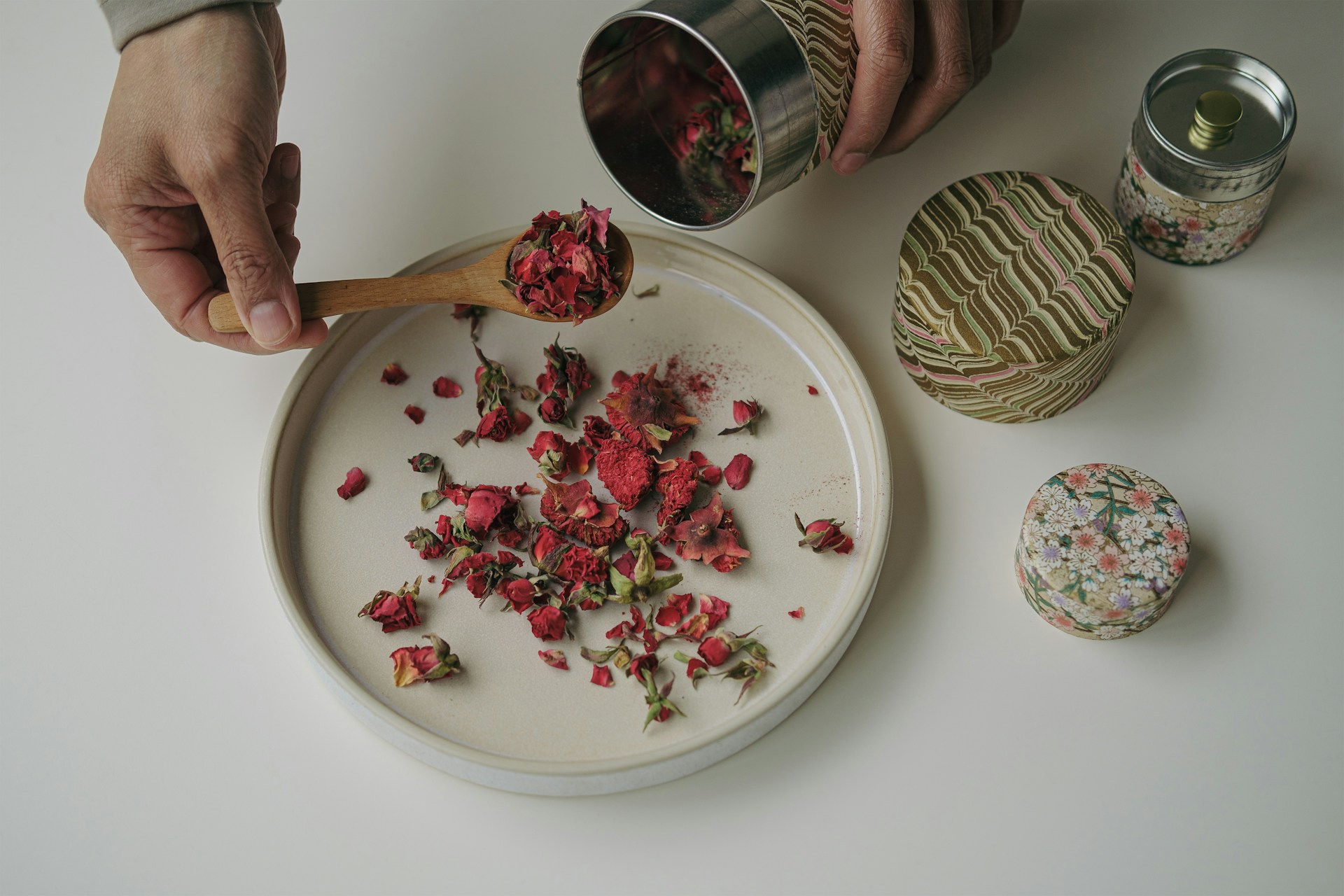Have you ever thought about eating flowers? While they may seem like a decorative addition to a dish, edible flowers offer a burst of flavor and color that can completely transform your meals. From vibrant salads to floral-infused beverages, these blooms aren’t just for show – they’re a tasty, health-boosting ingredient waiting to be explored.
In this post, we’ll explore the world of edible flowers, share some popular varieties, and give you creative ways to incorporate them into your cooking.
What Are Edible Flowers?
As the name suggests, edible flowers are flowers that can be safely consumed. However, not all flowers are safe to eat, so it’s essential to do your research before you start adding blooms to your food. Edible flowers are grown without pesticides and chemicals to ensure they’re safe for consumption. They come in a wide variety of colors, shapes, and flavors, ranging from sweet to savory, and can elevate any dish with their delicate, fragrant petals.
Why Should You Add Edible Flowers to Your Meals?
- Visual Appeal
Edible flowers are a feast for the eyes. Their bright colors and intricate shapes make them perfect for garnishing dishes, giving your meals an instant pop. Whether it’s a salad, dessert, or even a cocktail, a sprinkle of edible flowers makes any dish look like it belongs in a five-star restaurant. - Unique Flavors
Many edible flowers come with distinct flavors, which can enhance your cooking. From the slightly peppery taste of arugula flowers to the sweet, honey-like notes of violets, these flowers offer a flavor profile that goes beyond the ordinary. - Health Benefits
Edible flowers aren’t just pretty; they also pack a punch when it comes to health. Many are rich in antioxidants, vitamins, and minerals that can support your immune system, boost your mood, and improve digestion. Flowers like chamomile and lavender are known for their calming properties, while nasturtiums are packed with vitamin C.
Popular Edible Flowers to Try
There’s a wide range of edible flowers out there, each offering something special. Here are a few favorites to get you started:
- Lavender – Known for its calming aroma and subtle floral flavor, lavender is perfect for infusing drinks, desserts, or even savory dishes like roasted meats.
- Nasturtiums – These flowers have a peppery taste, similar to arugula, making them a great addition to salads, sandwiches, and even pasta dishes.
- Pansies – With their mild, slightly grassy flavor, pansies make a colorful garnish for cakes, drinks, and salads.
- Chamomile – Most commonly used in teas, chamomile flowers have a sweet, apple-like taste that can also complement baked goods or ice creams.
- Marigolds – Known for their vibrant yellow and orange hues, marigold petals can be sprinkled on dishes for a burst of color and a mild, slightly citrusy flavor.
- Violets – These delicate flowers have a sweet, almost candied flavor, making them a perfect addition to desserts, cocktails, or even as a sweet garnish on savory dishes.
- Rose – Not just for its fragrance, rose petals have a sweet, fragrant flavor that works wonderfully in syrups, jams, or even tossed in salads.

Creative Ways to Use Edible Flowers
Ready to bring some blooms into your kitchen? Here are a few ideas for how to incorporate edible flowers into your meals:
- Floral Ice Cubes – Freeze edible flowers in ice cube trays for a stunning and aromatic addition to your drinks. Perfect for iced tea, lemonade, or cocktails.
- Floral Teas – Brew a soothing cup of floral tea using chamomile, lavender, or rose petals. It’s a simple way to enjoy the health benefits of flowers.
- Garnish Your Dishes – Sprinkle petals on salads, soups, or desserts for an extra touch of color and flavor. Try adding nasturtium petals to a tangy goat cheese salad or pansies to a light fruit salad.
- Baked Goods – Add edible flowers to cakes, muffins, and cookies. Lavender and rose petals can be used to infuse delicate flavors into your favorite baked treats.
- Floral Infused Oil or Vinegar – Create a homemade floral-infused oil or vinegar by adding edible flowers like lavender or chamomile to a bottle of olive oil or vinegar. The result is a flavorful base for dressings, marinades, and more.
- Cocktails and Mocktails – Elevate your drinks by adding a few flowers like violets, marigolds, or lavender to the glass. They look stunning and add a unique flavor.
Things to Keep in Mind
- Know What’s Safe – Not all flowers are edible, and some can be toxic. Make sure you’re using flowers that are specifically labeled as safe for consumption. If you’re not sure, always double-check before using.
- Pesticide-Free – Only use flowers that have been grown organically or are specifically grown for culinary use. Avoid picking flowers from areas that may have been treated with pesticides or chemicals.
- Moderation is Key – While edible flowers can be delicious and beneficial, use them in moderation. Too many flowers in a dish can overwhelm the flavor.
Final Thoughts
Adding edible flowers to your meals is an easy and fun way to boost flavor, enhance presentation, and introduce some new health benefits. Whether you’re making a floral salad, brewing a calming cup of tea, or decorating a cake, these natural wonders can add an exciting twist to your cooking. Just remember to pick your flowers carefully and enjoy experimenting with these beautiful and tasty ingredients!
Have you tried cooking with edible flowers? Let us know your favorite types and recipes in the comments below!



